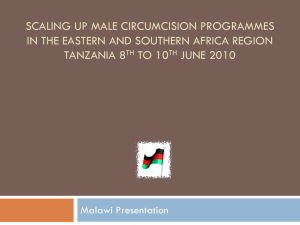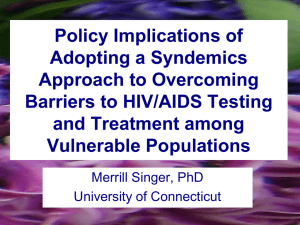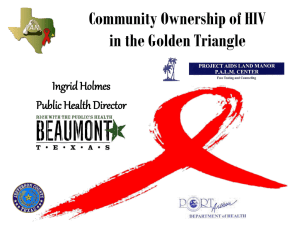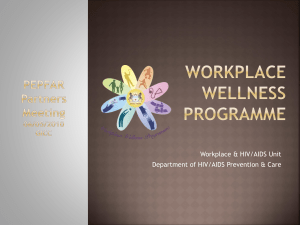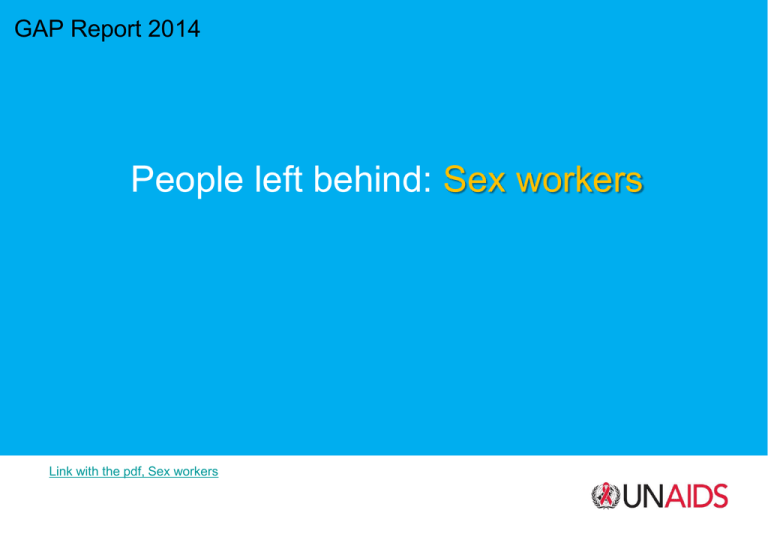
GAP Report 2014
People left behind: Sex workers
Link with the pdf, Sex workers
I am a sex worker.
I face these issues.
HIV prevalence among sex workers, 2009–2013
Source: Global AIDS Response Progress Reporting 2014.
HIV burden
• In low- and middle-income countries, the average HIV prevalence among sex
workers is estimated to be approximately 12%, with an odds ratio for HIV infection
of 13.5 compared to all women aged 15–49.
• In 110 countries with available data, the prevalence of HIV infection is almost 12
times higher among sex workers than for the population as a whole, with
prevalence at least 50-fold higher in four countries.
• Even in very high prevalence countries, HIV prevalence among sex workers is
much higher than among the general population. An analysis of 16 countries in
sub-Saharan Africa in 2012 showed a pooled prevalence of more than 37% among
sex workers.
• In Nigeria and Ghana, HIV prevalence among sex workers is 8-fold higher than for
the rest of the population.
• HIV prevalence among male sex workers, reported from 27 countries, was 14%.
Nine reporting countries have a HIV prevalence among sex
workers that is higher than the highest national value
of HIV prevalence among the general population, 2009–2013
Source: Global AIDS Response Progress Reporting 2014.
HIV prevalence among sex workers for 19 countries that have
reported having more than 50 000 sex workers, 2009–2013
Source: Global AIDS Response Progress Reporting 2014.
Estimated population size of sex workers, with the estimated
proportion who are HIV-positive, in selected countries, 2009–2013
Source: Global AIDS Response Progress Reporting 2014.
WHY SEX WORKERS ARE BEING LEFT BEHIND
THE TOP 4 REASONS
01 Violence
02 Criminalization
03 Stigma and discrimination
04 Lack of programmes and funding
Violence
• The legal status of sex work is a critical factor defining the extent and
patterns of human rights violations, including violence against sex
workers.
• Where sex work is criminalized, violence against sex workers is often not
reported or monitored, and legal protection is seldom offered to victims
of such violence.
• Addressing and reducing violence against sex workers has the potential
to reduce HIV transmission. Modelling estimates in two different
epidemic contexts—Kenya and Ukraine—show that a reduction of
approximately 25% in HIV infections among sex workers may be
achieved when physical or sexual violence is reduced.
Female sex workers reporting work-related
violence (%)
Source: Mooney A, et al, BMC Public Health 2013; Pack AP, et al, Cult Health Sex 2014; Kelvin E, et al, China Sexual
Health 2012; and, Deering K, et al, Sexually Transmitted Diseases. 2013.
Criminalization
• There is strong evidence that the criminalization of sex work
increases vulnerability to HIV and other sexually transmitted
infections.
• The threat of detention and laws that equate carrying condoms
with evidence of sex work are serious barriers to the availability
and uptake of HIV prevention programmes and services for sex
workers.
• Fear of arrest and/or police-led sexual and other physical violence
forces sex workers to remain mobile in order to avoid detection by
the authorities.
Stigma and discrimination
• Discrimination towards sex workers is nearly universal.
• In addition to the criminalization of sex work, entrenched social stigma
means that sex workers often avoid accessing health services and conceal
their occupation from health-care providers.
• Health service providers often neglect their duty to provide care when seeing
sex workers.
• Police and other law enforcement officials often violate the human rights of
sex workers rather than promote and protect them.
• Social and cultural isolation combined with stigma and discrimination further
reduces sex worker access to social and health services.
Lack of programmes and funding
• Only about one third of countries report having risk reduction
programmes for sex workers, but they tend to vary in quality and
reach. The remaining two thirds of countries expect sex workers to
obtain services through general health-care settings, where they may
not be, or feel, welcome.
• In only a very few countries, notably in Asia and in sub-Saharan Africa,
has there been a nationwide scale-up of HIV programmes specifically
for sex workers.
• Around the world, whether in high-, low- or middle-income countries,
sex worker organizations suffer from a lack of funding, which is, in
some places, compounded by authorities who deny sex workers
official registration owing to a refusal to recognize sex work as an
occupation.
Reported domestic HIV spending on HIV prevention
among sex workers in selected countries
Country
and HIV
prevalence
among
sex workers
(%)
Estimates suggest that only
14% of all funding for HIV
services for sex workers and
their clients comes from public,
domestic sources in low- and
middle-income countries.
Domestic HIV spending on HIV prevention among
sex workers (in countries with >10 000 reported size
estimate and >5% HIV prevalence) (%)
Source: Global AIDS Response Progress Reporting 2014.
CLOSING THE GAP
HOW TO CLOSE THE GAP
01 Address violence
02 Decriminalize sex work
03 Empower sex work communities
04 Scale up and fund health and social services for sex workers

